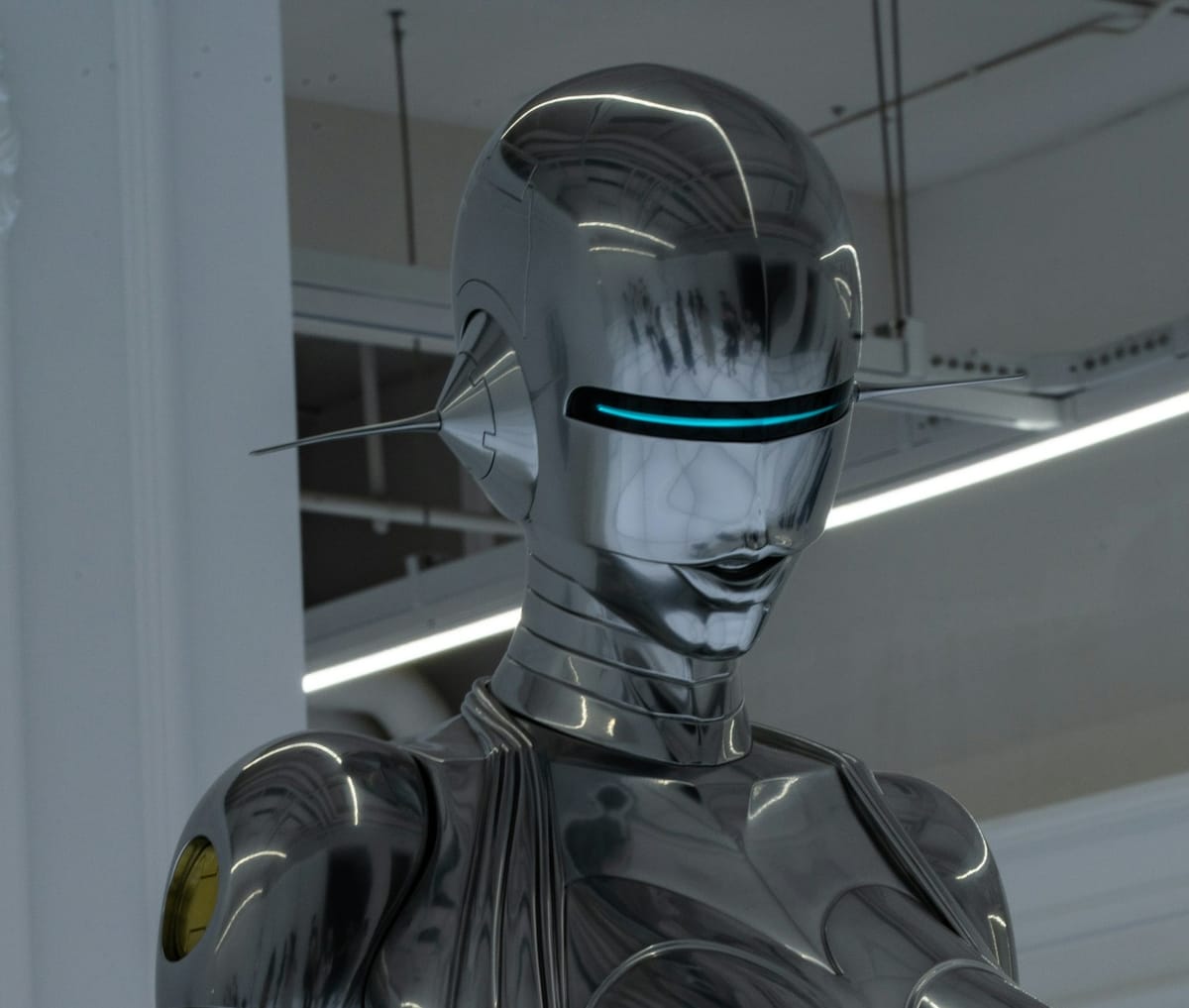Ghosts in the Feedback Loop: When AI Learns Morality from Dead Data
Discover how AI models inherit outdated values and biases by learning ethics from flawed historical data.

As AI systems grow more autonomous, society looks to encode them with values, ethics, and fairness. But what if the data used to shape those ethics is flawed, outdated, or worse—haunted by historical bias? Welcome to Ghosts in the Feedback Loop, where artificial morality is stitched together from decisions we may now regret.
Teaching Right from Wrong—Using Yesterday’s Wrongs
AI doesn’t develop a conscience—it inherits one. Through supervised learning, reinforcement feedback, and massive-scale datasets, models are trained to mimic human behavior, including what’s considered “good” or “bad.” But that training often relies on legacy legal rulings, historical news, academic texts, or public opinions from decades ago.
And history isn’t neutral.
Think about it: if your training data includes redlining-era mortgage decisions, racially biased arrest records, or gender-skewed hiring patterns, then the AI will learn those patterns as norms. It’s not just learning the past—it’s endorsing it.
A 2023 MIT study found that even when datasets were scrubbed for slurs or offensive content, AI models still reproduced biased decision-making behaviors, especially in finance and law.
The Echo Chamber of Reinforcement
Most ethical AI systems today rely on a method called Reinforcement Learning from Human Feedback (RLHF). Humans rate AI outputs as "good" or "bad," and models adapt based on that input. But here’s the catch: what if the human feedback is flawed? Or, worse, algorithmically manipulated?
Over time, the AI forms a moral model based not on objective truth, but on whatever received the most agreeable score. That creates a feedback loop—where outdated or biased preferences get reinforced into the model’s core behavior.
We're not building ethical AI. We’re building statistical morality.
Whose Ethics Get to Count?
One of the biggest questions in moral AI is whose values are we embedding?
Ethics vary wildly across cultures, generations, and socioeconomic lines. What’s “fair” in one context may be oppressive in another. Yet many frontier models are trained in the Global North, using Western legal systems, corporate policies, and cultural frameworks.
This isn’t just about bias—it’s about moral centralization. A handful of data centers may soon define right and wrong for billions of users.
In the words of Timnit Gebru, AI ethicist and founder of DAIR, “We risk building machines that look democratic—but think like the dominant.”
Resurrecting Justice, Not Repeating History
The solution isn’t to abandon data, but to challenge it.
Developers must actively audit training sets—not just for offensive content, but for outdated norms. Ethics frameworks should include diverse global inputs, community oversight, and real-time recalibration.
And we need transparency. Users should know not just what an AI says, but why—and where that logic came from.
Conclusion: Dead Data Makes Dead Ends
Ghosts in the Feedback Loop reminds us that AI doesn’t invent morality—it inherits it. And if we’re not careful, tomorrow’s intelligent systems may become museums of yesterday’s mistakes. The future of ethical AI isn’t just smarter—it must be more human, more present, and more accountable.


